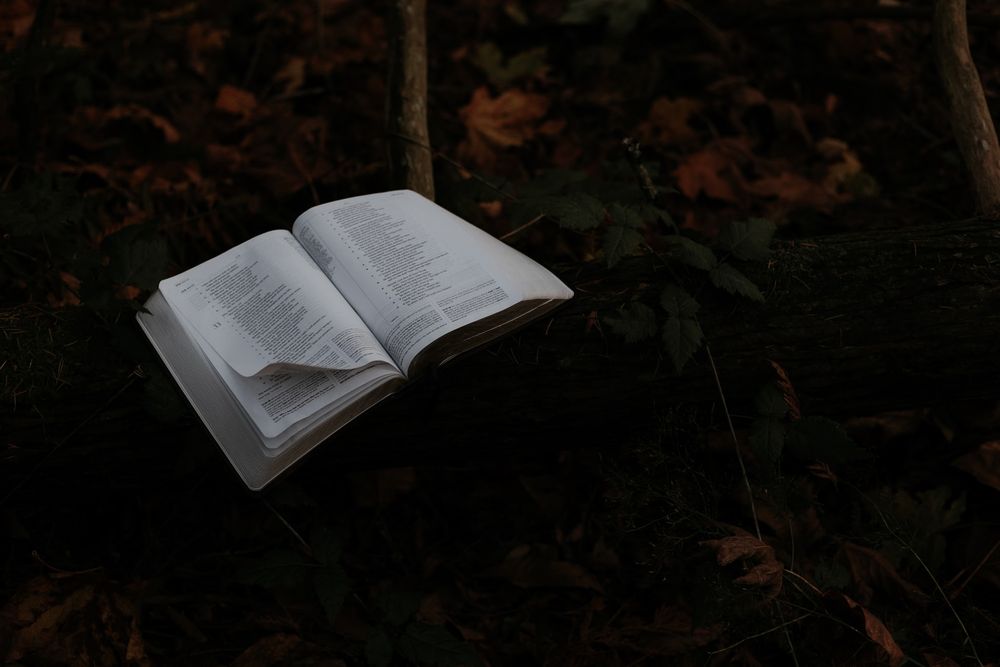How to Read a Scientific Paper in 9 Simple Steps
Updated March 17, 2022
Scientists use scientific papers to share essential discoveries they’ve made and to communicate with one another. This means that a scientific paper is an integral part of the scientific process. If you’re considering conducting original research or simply want to learn more about a specific topic, you must know how to read a scientific paper.
This article will teach you how to read a scientific paper in nine simple steps and you’ll learn about two different types of scientific articles. At the very end, you’ll see how Orvium can help you get a head start on your research.
How to Read a Scientific Paper - Nine Steps
1. Read the Intro first, leave the abstract for later
Abstracts often summarize a scientific paper, so they’re the part that most people read. However, a big mistake to make is to skim over the abstract and not read it in detail. Therefore, you’ll see two common mistakes scientists make when writing an abstract and alternative strategies for summarizing their work to remedy this.
2. Recognize the big question
Authors and readers alike must ask questions such as:
- What’s this paper about?
- Why am I reading it/ why should readers want to continue reading?
Additionally, take a second look for any evidence of agenda-motivated research, even if the abstract, topic, or paper appears vague or novice at first glance
3. Take time to sum up the background information
It's vital to understand what research has been done in the particular field you’re interested in before attempting to answer a question. For example, you could find out what the limitations of any past work have been or what may come next in the field, according to the authors. To understand each other better, scientists must explain why the research must be conducted in the first place.
4. What are the specific questions that are being asked?
The authors of the paper are trying to answer many questions with their research, but few stand out. They want to know what exactly they're testing in this study, whether it's one hypothesis or many. If it is the kind of research that tests one or more null hypotheses, identify them.
5. What is the approach of the article?
To determine what type of article you’re reading, you must first find out what specific question(s) the author aims to answer. Find out if the article is about research, a paper analysis, or a meta-analysis. If the title doesn't specify what type of article it is, examine the abstract and the theme and direction should become clear. Then the only question remains:
- How are the authors going to answer the specific question that the article implies?
6. Read the methods section
The methods section acts as a roadmap that leads to the core of research. Therefore, it’s critical to include enough details here so readers understand the methodology in the experiment. Authors must make this section informative and interesting. They may choose to include diagrams or tables for each experiment to show exactly what they did and explain the rationale behind each experiment.
7. Determine whether the results answer the specific questions
One thing to keep in mind when you are interpreting a text is that your interpretation may change as you read the author's response. Sometimes, changing one’s perspective can open up new interpretations. This is completely normal, and it’s vital to remember that even if your interpretation changed while reading, it doesn't mean that your initial interpretation was incorrect or invalid.
8. Now go to the beginning again and take a look at the abstract
Was the paper's purpose achieved with your summary? Have you made any assumptions about what the authors meant in this paper?
9. Find out what other researchers say about the paper
Sometimes, the best way to get a sense of an argument is to read what experts in that field have to say about it. I recommend you start with those who are acknowledged as being authorities in the field and see whether they agree or disagree with your reading of the study.
Just remember not to neglect to go online! There are plenty of arguments out there waiting for you too.
The Two Types of Scientific Articles
A review article and a primary research article are both different types of scientific papers.
Review Articles
If at any point you become confused while reading primary literature, review articles are an excellent starting point to find out more information on a particular topic. Often containing more background information than primary research articles, review articles act as an introduction to what has been happening in your field of interest.
Ensure that you read reviews from different areas or perspectives as you’re conducting your research. For example, if you’re looking at a book or paper about politics, read reviews from people on both sides so your perspective is well-rounded and not biased.
Primary research articles
Primary research articles contain original data, conclusions, and details about how experiments were performed and which researchers were involved. These types of articles may be harder to understand because of the technical language throughout. However, if you carefully review the abstract, results, and discussion sections, you’ll be able to understand why the experiment is important and its results.
Primary research articles offer a more in-depth explanation of how experiments were done and will also allow anyone interested to evaluate the validity of the conclusions drawn from their findings. That’s why it’s best to consult them whenever you're looking for more information on how an experiment was carried out, or if you need to review the original data of any given experiment.
Conclusion
As an author, you want to ensure you’re giving your readers as much information as possible. To this end, it would be wise to see if any other sources could help you out with reporting on your topic of choice. Press releases can point to more information, as well as other works that could provide more background information.
To learn how to publish papers that go through the correct channels and are seen by the right people, browse our content library at Orvium. We also invite you to learn about our process with a personal tutorial.
If you want to know more about our services please visit our website or you can check our live platform here.




